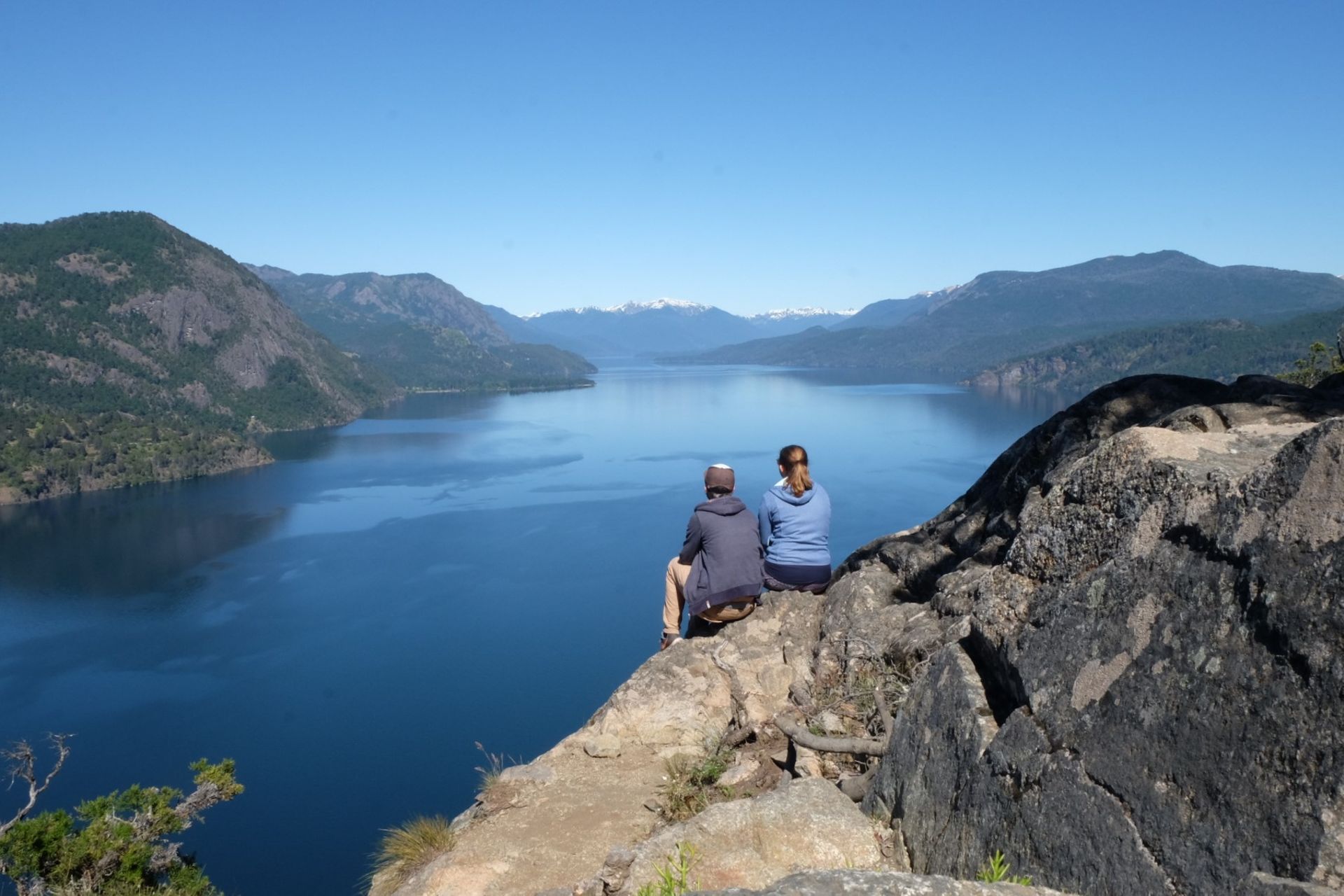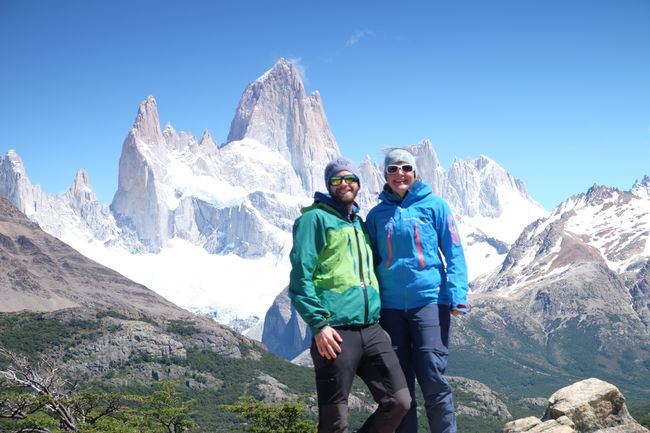Salar de Uyuni
வெளியிடப்பட்டது: 09.11.2019
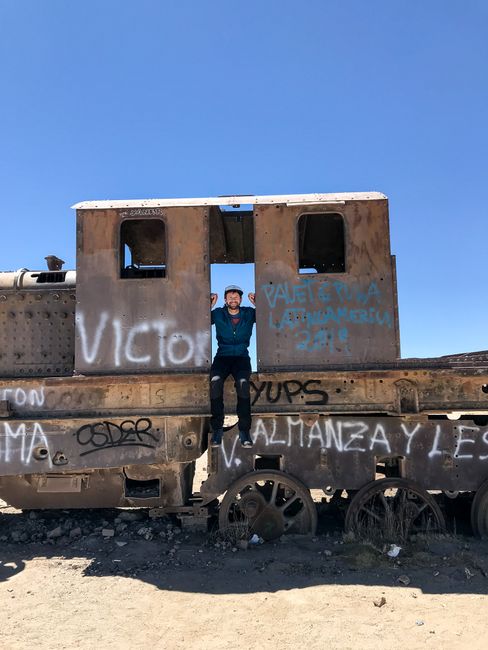
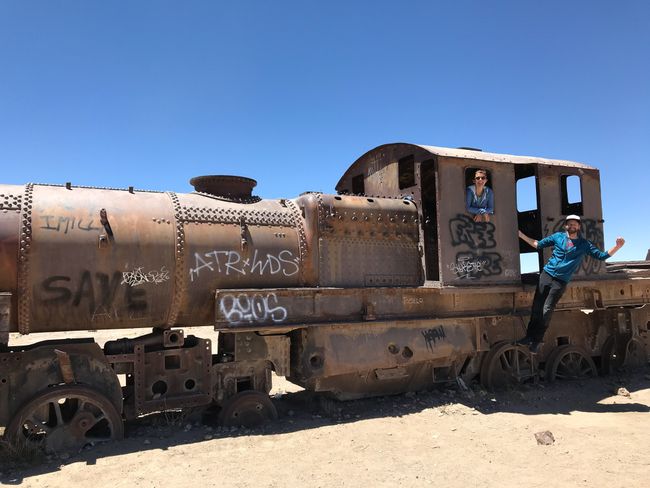
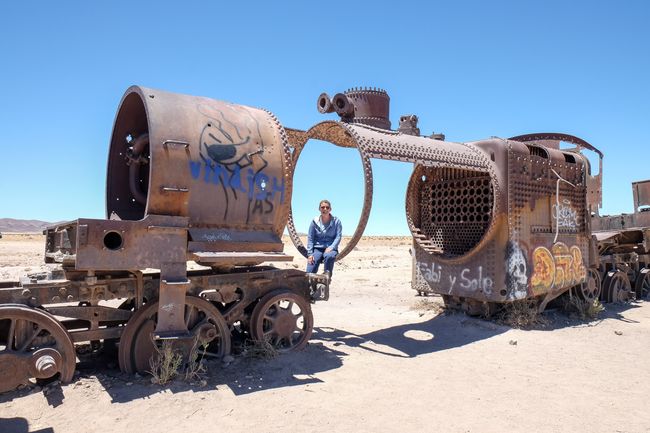
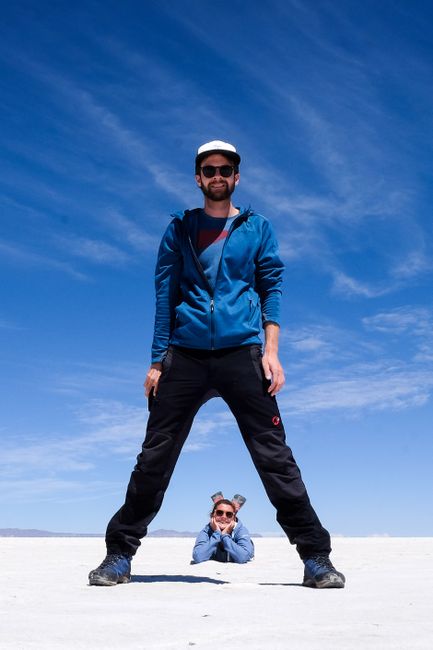
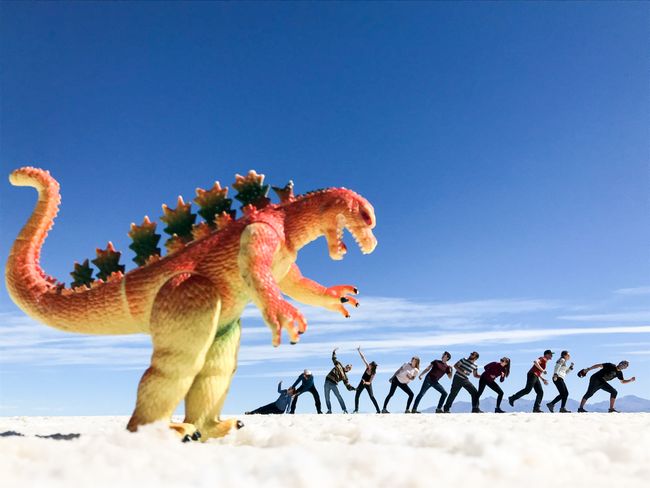
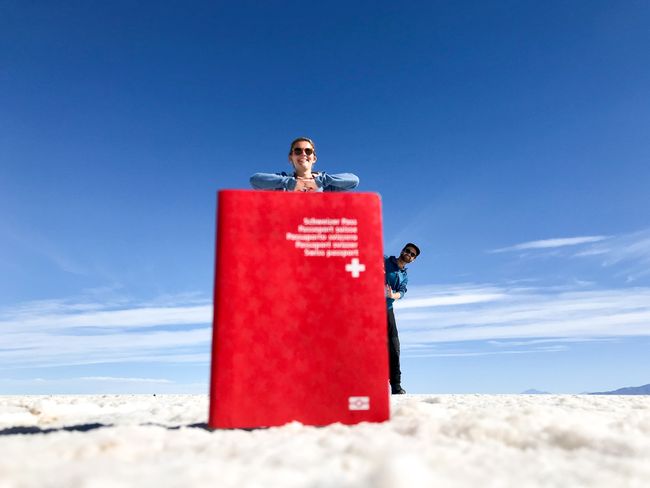
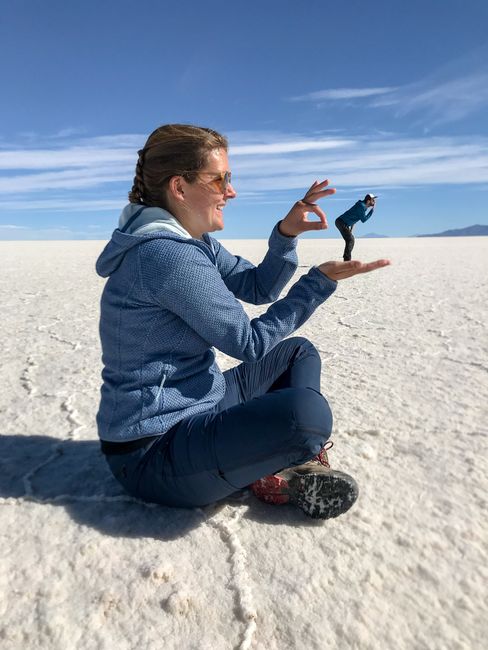
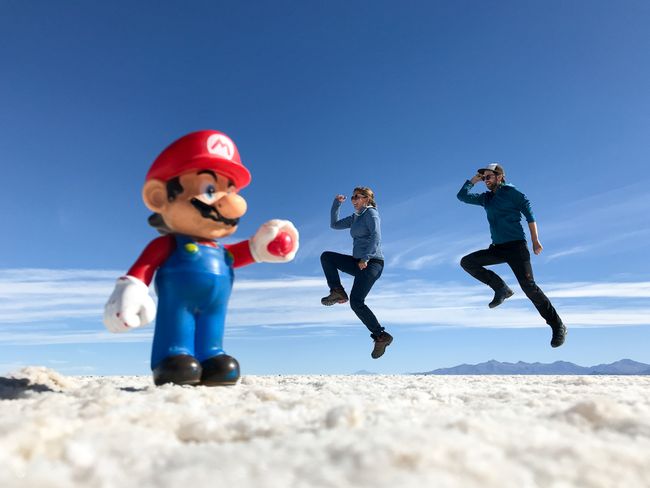
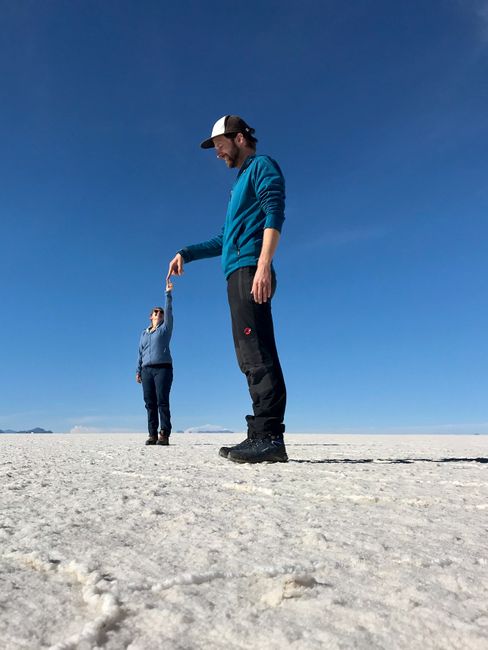
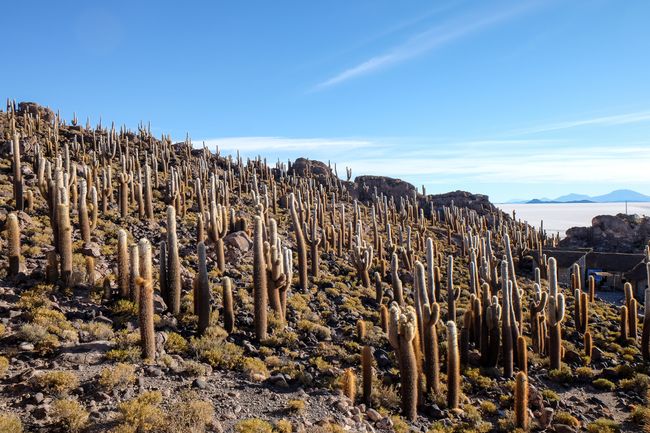
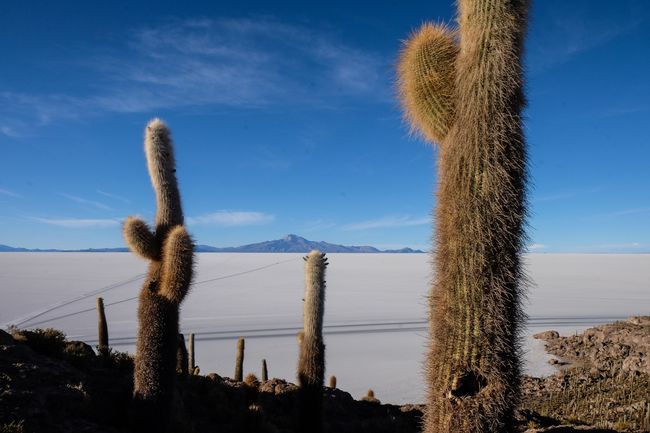
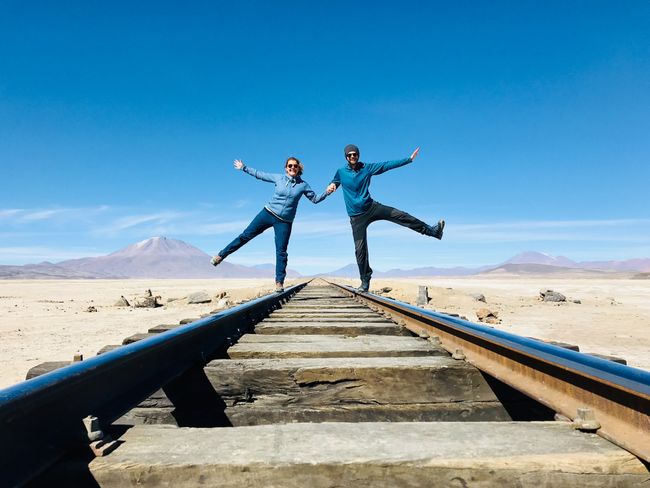
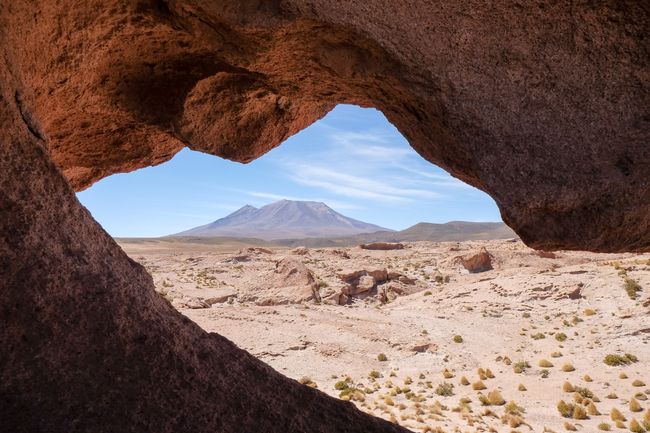
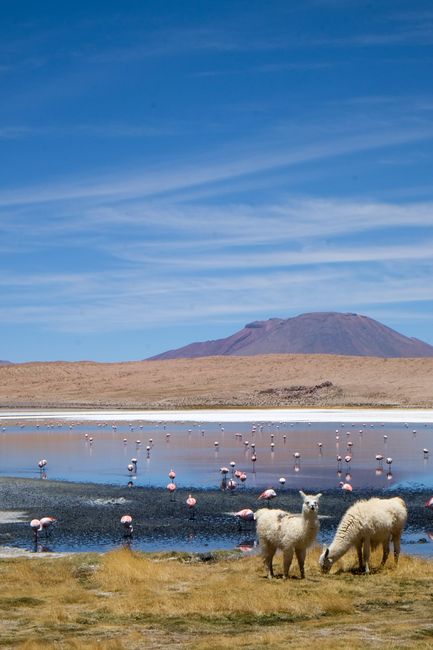
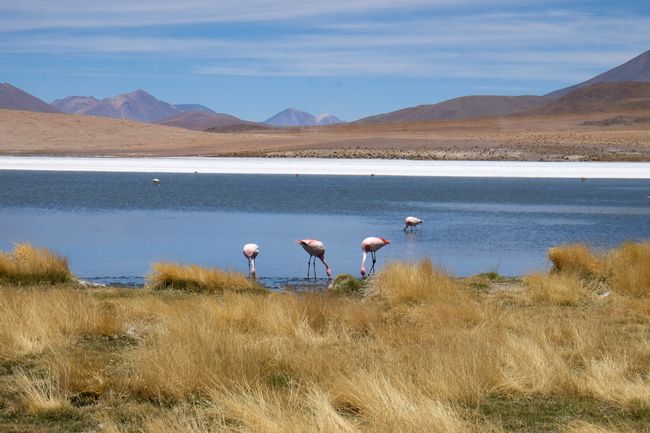
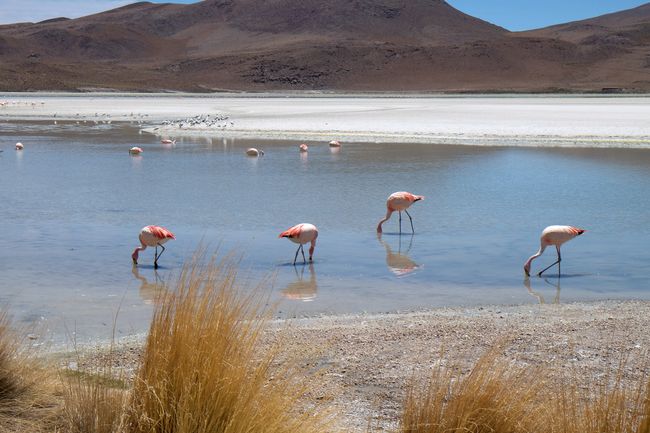
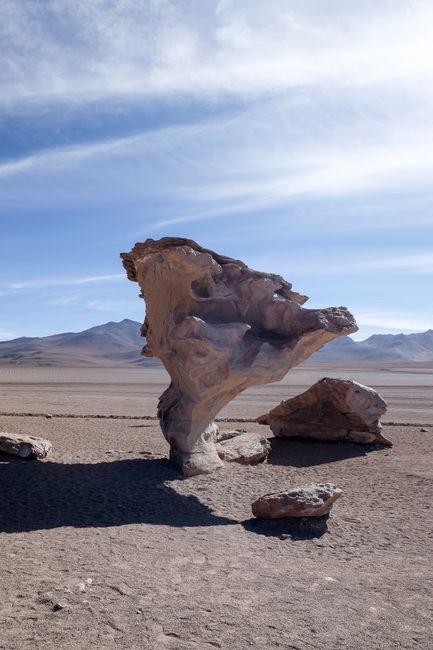
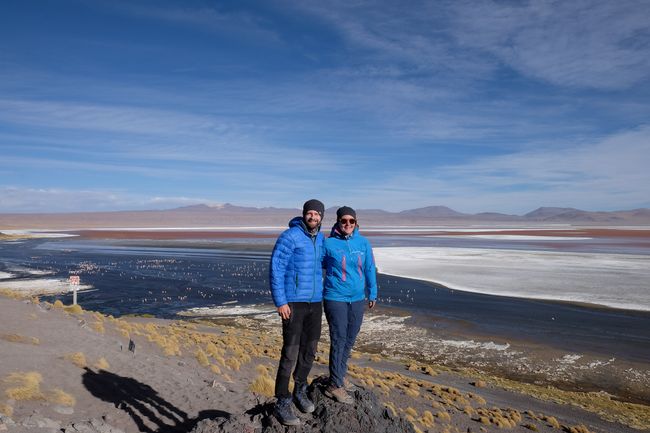
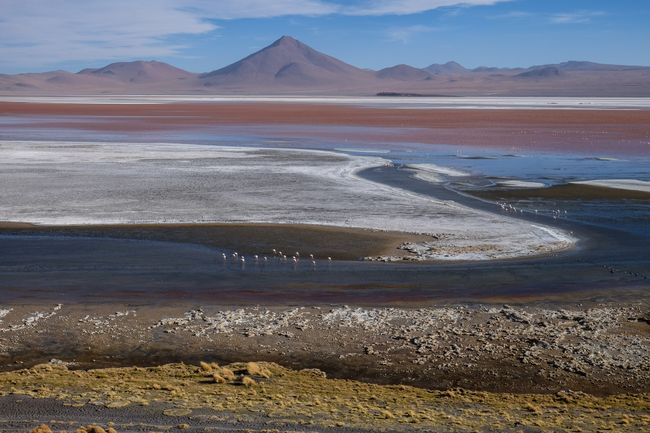
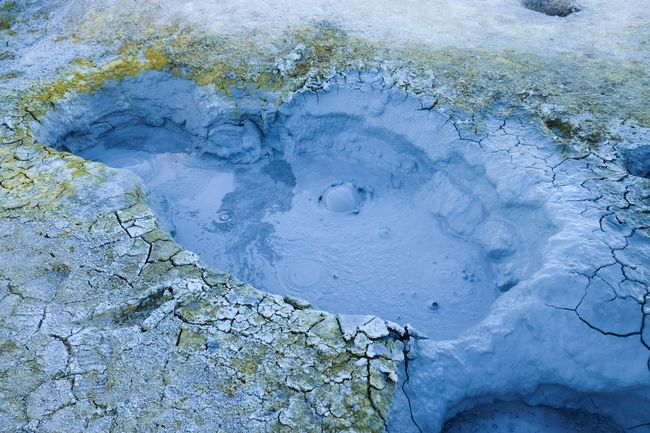
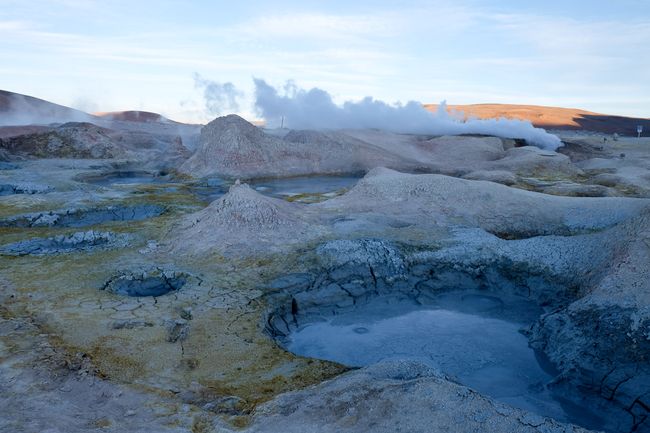
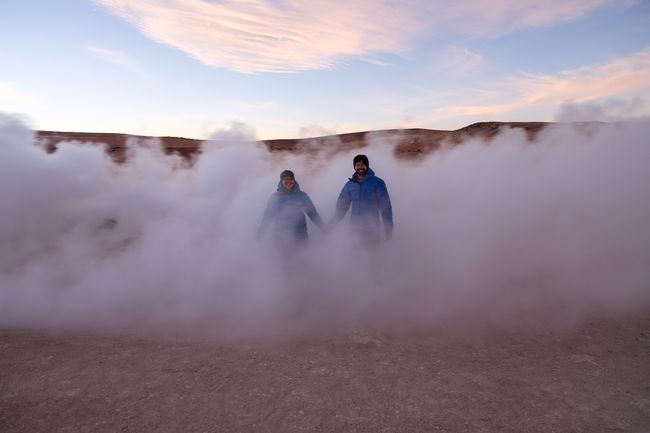
செய்திமடலுக்கு சந்தாதராகவும்
Salar de Uyuni in Bolivia is located at an altitude of approximately 3650 meters and is the largest salt flat in the world, covering over 10,000 square kilometers. The salt lake resembles a frozen Swiss mountain lake in winter, except here the supporting layer of salt is 10 meters thick and trucks can drive over it. The salt crust was formed over 10,000 years ago by the drying up of the paleolake Tauca.
We then set off to explore this salt desert in a 4x4 jeep. Our luggage was securely tied to the roof, the driver seemed well-rested, and the others in the group seemed nice. However, we made our first stop just outside the town of Uyuni to visit the cemetery for retired trains. Even though we all wanted to go to the salt desert, this stop was also very impressive. We could climb on, in, through, over, and under the partially rusty locomotives and wagons, and our guide Oscar explained a part of Bolivian history. The trains were built by the English to operate the silver mines, then a former president sold everything to the Chinese, the economy collapsed, and all the facilities were no longer needed.
Now, it was time to go to the salt desert. After a rapid drive on the salt road, we arrived at a restaurant in the middle of the enormous salt lake, completely built of salt. Unfortunately, it was still not time for funny photos because we had lunch first. After that, we drove a bit further to have the complete white scenery around us. Oscar, our guide, took funny group photos and videos with us and then took the time for each individual. We then went to an island in the Salar de Uyuni that was overgrown with thousands of cacti. Considering that a cactus only grows 0.5cm to 1 cm per year and certain thorny plants were over 8-9 meters high.... yes, very old. Then, the first day was almost over. We were accommodated in a salt hotel, also completely made of salt, but with very short beds.
The next day was all about flamingos. We had left the salt lake behind and were moving on sandy ground. Oscar explained to us that important mineral substances had entered the soil and groundwater through the many volcanic eruptions, creating ideal conditions for the flamingos. When we reached the first lagoon with flamingos, we couldn't get enough of the sight. In the background, snow-capped volcanoes, the blue sky, and hundreds of pink birds standing on one leg, searching for food with their curved beaks. It was so beautiful. We then visited three other lagoons, one of them even with red water, and every time we were fascinated by the view of the wild flamingos. Between the lagoons, we visited a place that is very famous because of a stone shaped like a tree - Rock Tree. The wind blows so strong here in the winter months that it erodes the softer material of the volcanic rock and creates bizarre shapes. As this day was coming to an end, we got to experience something very special again. We drove the jeep into a "ground-level" active volcano. The lava was far below us, but steam and bubbles were coming from all directions. The steam rising up was so hot that we could easily burn our fingers. We also saw a small geyser, and of course, it smelled like rotten eggs. Our accommodation this time was nothing special with the dormitories, but after dinner, there was a surprise. Under thousands of stars (and a shooting star), we bathed in the hot springs near the hotel. Oscar explained several constellations to us, and we became happily tired. Muymuymuyromantic!
On the last day, we unfortunately had to drive back. We visited the Salvador Daly Valley with abstract rock formations, a white and green lagoon (where the green one is highly toxic and does not allow any life), rocks shaped by wind and erosion again, and saw flamingos again as a conclusion.
It was a very impressive trip. Salar de Uyuni is unique and allows for fun photos. The lagoons with the flamingos are pure nature and we especially liked it. The bubbling and hissing lunar landscape in the crater of the active volcano was also very fascinating. And it was simply very interesting to be with a local guide who seemed to have unlimited knowledge of nature and also told us the (sad) story of Bolivia along the way.
செய்திமடலுக்கு சந்தாதராகவும்
பதில்

பயண அறிக்கைகள் பொலிவியா
